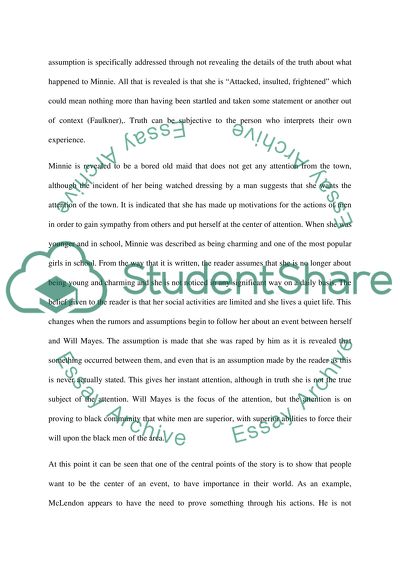Cite this document
(“Dry September by William Faulkner: a Strory about Assumptions Essay”, n.d.)
Retrieved from https://studentshare.org/literature/1431778-analysis-of-dry-september-by-william-faulkner
Retrieved from https://studentshare.org/literature/1431778-analysis-of-dry-september-by-william-faulkner
(Dry September by William Faulkner: A Strory about Assumptions Essay)
https://studentshare.org/literature/1431778-analysis-of-dry-september-by-william-faulkner.
https://studentshare.org/literature/1431778-analysis-of-dry-september-by-william-faulkner.
“Dry September by William Faulkner: A Strory about Assumptions Essay”, n.d. https://studentshare.org/literature/1431778-analysis-of-dry-september-by-william-faulkner.


